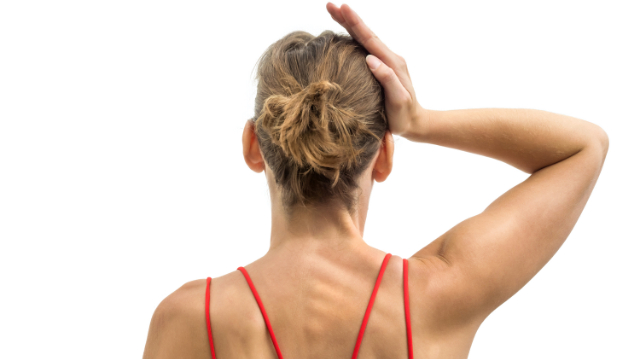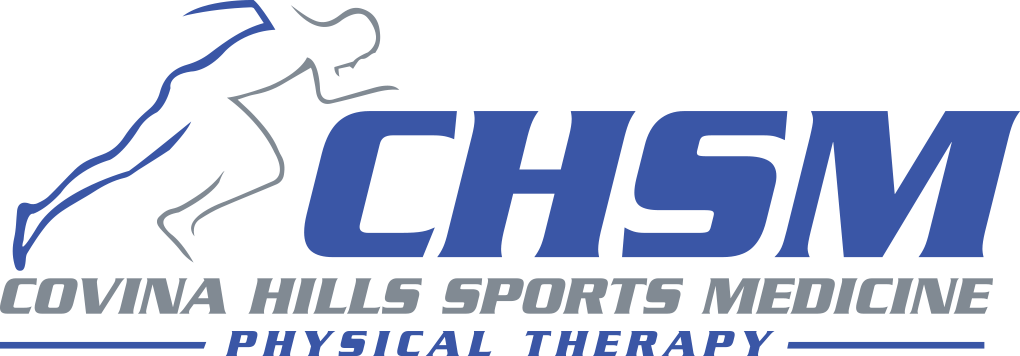News
How Exercise Can Help Prevent Neck Pain

Did you know a lot of adults, especially those who work in offices, often get neck pain? In fact, up to 80% of people might feel neck pain in a year. It's not just a small problem; it can really affect someone's life and work. It also can seriously impact businesses when their staff members have to take time off due to neck pain.
Understanding How Scientists Performed This Study
- Goal: The study looked at how exercise can stop neck pain before it starts.
- How They Did It: They carefully reviewed many studies and put their findings together. They focused on studies where adults did exercises to see if it stopped neck pain.
- Who Was in the Study: They looked at over 4,700 studies and ended up focusing on 5 of them. These studies had 1,722 people in total, and most of them worked in offices.
What They Found
The study results were encouraging. If people do specific types of exercises, they might cut their chance of getting neck pain in half for up to a year. This means that doing regular exercises could really help, especially for those who sit a lot at work.
Why It's Important
Neck pain can be a big problem. It can come back again and again. This study shows that doing exercises can be a simple but powerful way to keep neck pain away. For people who sit a lot at their jobs, this can be really helpful.
Physical therapists specialize in the evaluation and treatment of patients with neck pain. Movever, they can help members of the community craft an exercise program that is specifically tailored to their needs. Performing specific exercises that are designed for your specific goals is often better than a one–size–fits–all approach.
Final Thoughts
Exercise seems to be a great way to fight against neck pain. While the study shows promising results, more research is needed. Still, adding exercise to your daily routine might be a key step in avoiding neck pain.
Reference
To learn more, check out the original study in the Journal of Orthopaedic & Sports Physical Therapy (2023; 53(10): 594–609). Visit Journal of Orthopaedic & Sports Physical Therapy. DOI: 10.
January 3, 2024
Disclaimer:
The information in the articles, posts, and newsfeed is intended for informational and educational purposes only and in no way should be taken to be the provision or practice of physical therapy, medical, or professional healthcare advice or services. The information should not be considered complete or exhaustive and should not be used for diagnostic or treatment purposes without first consulting with your physical therapist, occupational therapist, physician or other healthcare provider. The owners of this website accept no responsibility for the misuse of information contained within this website.
